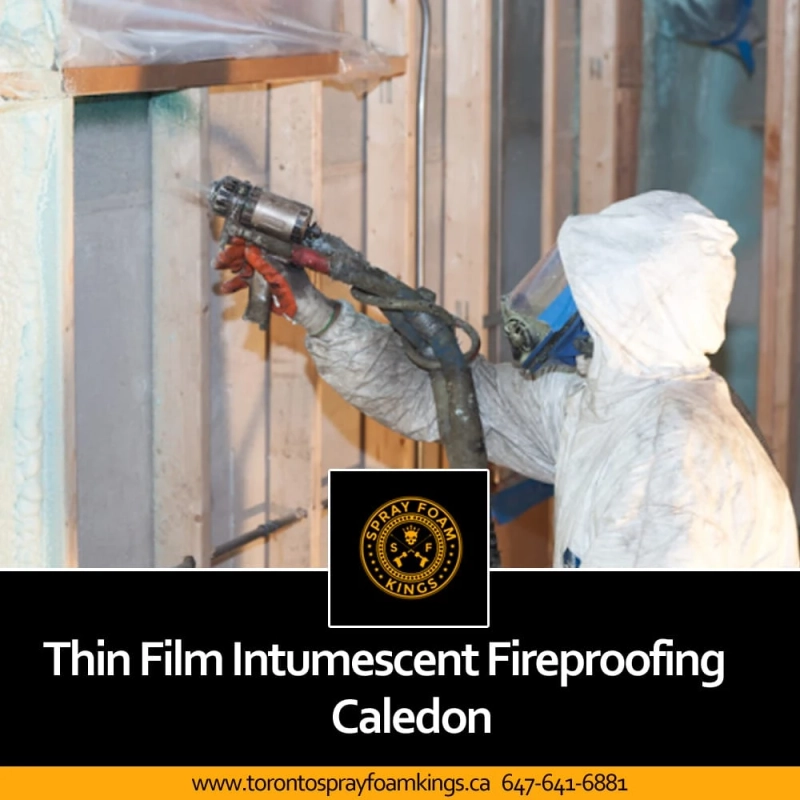Any fire safety strategy should include passive fire defense. It is included in a building\'s construction to protect people\'s lives and reduce the cost effect of damage to structures and their contents. Dense concrete, lightweight cementitious, and intumescent coating are the three most common types of passive fire protection. However, intumescent and cementitious coatings are more prevalent forms. They have surpassed traditional passive industrial fire prevention approaches as the most effective and cost-effective as technology has advanced.
There are many intumescent sprays fireproofing services in Brampton that provide various insulation services, and they provide both types of coating. Let\'s take a look at what differentiates two of the most prevalent varieties of PFP, cementitious and intumescent coatings, and what variables should guide their application.
Dense Concrete
Concrete\'s potential as a fire-resistant material has long been recognized. The material is low-cost and has been known to tolerate extreme temperatures. However, due to the weight of concrete, structural steel had to be over-specified. It also entailed high labor expenses and material with reduced structural integrity, as concrete tended to crack as it cooled. More contemporary approaches, which offer higher performance and fewer downsides, have primarily replaced dense concrete as a fireproofing method.
Cementitious Coatings
A cementitious coating is frequently used to protect steel elements in the construction of a building. This coating is made up of cement or gypsum, which, when wet, forms a tough, fire-resistant surface. This coating can be applied to a wide range of building materials.
Intumescent Coatings
Heat exposure causes intumescent fireproofing, which is a spray-applied coating that swells or intumesces to many times its initial wet film thickness. Intumescent coating provides passive fire protection to load-bearing structures, particularly structural steel, that is becoming increasingly common in the current architectural design of both industrial and commercial facilities.
Intumescent Coating vs. Cementitious Coating
So, which is the best option? When it comes to compliance, the effectiveness of the two is extremely similar and equally valid. The cementitious coatings, on the other hand, are more challenging to apply. You can also consult any attic insulation in Mississauga, ON, to get the clarity.
Intumescent is applied like any other coating, which means contractors can apply many layers with ease. Intumescent paint is also more advanced from a technical standpoint, although this does not rule out cementitious fireproofing. Given their composition of materials, cementitious coatings are not only effective but also cost-efficient. Although labor may increase the expense of these tasks since they must be placed in numerous, successive layers, they are still well-suited for dry situations where the substrate will not be subjected to strong vibrations.
Under some conditions, cementitious coatings are still a feasible option for fireproofing facilities. Where conditions allow, they can be a wise solution because they are reasonably inexpensive materials. However, intumescent fireproofing is significantly more advanced in terms of technology, has some of the advantages of being applied and acting like a regular coating, and provides the flexibility of additional fire protection when needed.



